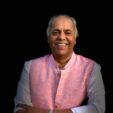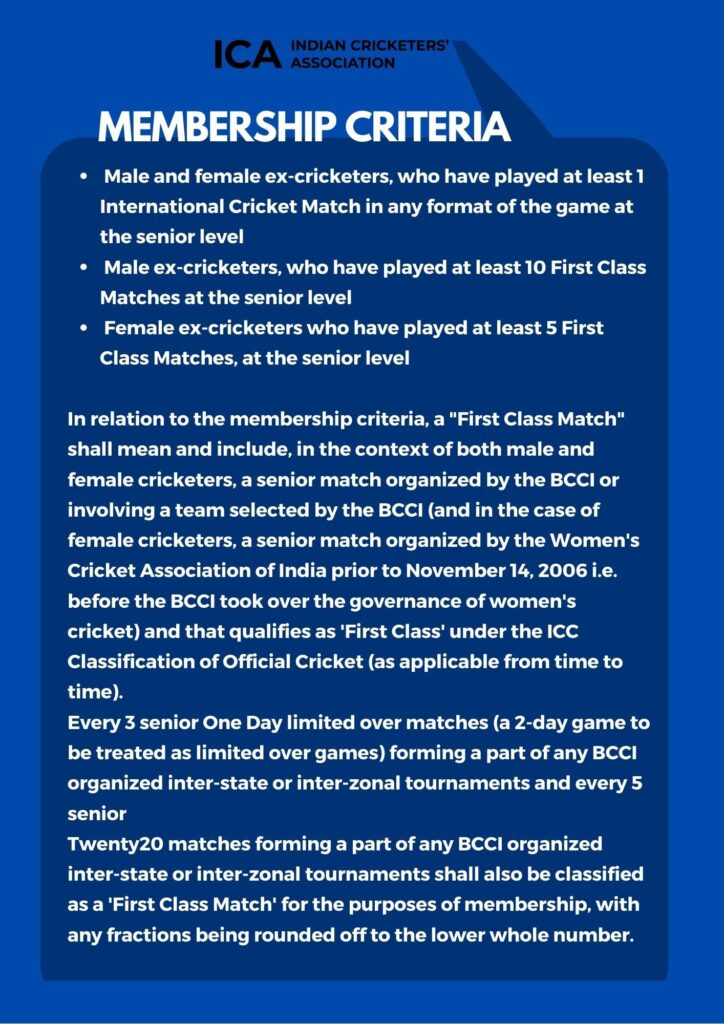TEST CRICKET CAPTAINCY REQUIRES LEADERSHIP QUALITIES TO THE NTH DEGREE

By: Yajurvindra Singh
Email: sunnybilkha@hotmail.com
Aug 4, 2023: Captaincy in cricket is not a goodwill or appointment based on seniority but one where one needs leadership qualities to the nth degree. The limited overs cricket, with the fielding and bowling restrictions, has made a mockery of what cricket captaincy stands for.
A captain has limitations to process, as well as to implement a strategy due to the rules and restrictions. A technical weakness of an opponent can be very easily hidden due to the nature of the game. A tussle between two teams as well as the batter and the bowler is entirely based on errors rather than on brain power. Limited-overs cricket has become more of a game of chance rather than one of skill.
The fallout of the new modern form of the game is that cricketers with average ability have a golden opportunity to shine. Possessing good hand-eye coordination and the capability to hit the ball ferociously is the prime skill that could make them into super-stars. Bowlers on the other hand shine by getting wickets mainly because a batter attempts a mighty heave or takes risks to quicken the run-rate. Limited is the duration and therefore, “limited” becomes the skill and the artistry of a player and the thought process of a captain.
Hence this makes captaincy, in the shorter version of the game, more of a regimental exercise rather than a cerebral one.
The recently concluded Ashes series battle between England and Australia was an awakening of how pleasurable Test cricket can be. A hard-fought tussle between two of the top sides in the cricketing world, stretching to get ahead of the other at the slightest opening, was like two magnificent racehorses, striding side by side toward the winning post. The riders in this case were the two captains, Pat Cummings for Australia and Ben Stokes for England. Both were armed with strategic plans and players through a battery of support staff and a coach. The difference in the end finally boiled down to leadership.
Australia may look satisfied in retaining the Ashes, a mini-size cup which has colossal historical importance to it, however, in their heart of hearts they knew that they came through second best.
Pat Cummings having won the two initial Test matches, one in which he came through as a true hero, seemed to have crumbled thereafter, both physically and mentally. He looked, in the last three Test matches, a leader who had lost the plot and was waiting for his English opponents to make a mistake. The Australians, normally aggressive and forthcoming, looked like a team that was timid and shaken up by the opponent’s aggressive nature. Cummings needed to ignite his wards, however, he looked like a leader confused and unable to do so. A bewildered man was he, from the very first ball of the Ashes series when Zak Crawley cover-drove him to the fence. The English brand-building campaign of “Bazball” hit the bullseye, as Australia went on the defensive from the very first hour of play.
England captain Stokes, on the other hand, came through as a brilliant leader who stood tall even when his team was down. He seemed confident of making a comeback from a position in which most teams would have given up hope.
In Ben Stokes, one finally saw a captain sparkle. His field placements were unique and adventurous and the confidence that he gave to his batting unit was quite remarkable. The positive mindset of winning and not worrying about a defeat, needed all his players to be in sync and they showed that they were just that. The English team consisting of an aging bowling side as well as mentally driven aggressive batters seemed to be having a more youthful outlook about them, than the Australians.
The adage “you are only as old as you feel” came through quite prominently as regards the English side, while the Australian side looked tired, jaded, and ready to depart from the fourth Test match itself.
Test cricket needs an astute captain. India’s Nawab of Pataudi Jr. was one such during the 60s and the early 70s. His trump card to win was his spinners and he too, like Stokes recently, placed fielders in aggressive positions to win, rather than worry about a loss. The famous Indian spin quartet had fielders caging a batsman all around, tempting them to take a risk. In Indian cricket, “commander” is the word that comes to mind with reference to Pataudi and Sourav Ganguly, who were the only ones who showed it and they also had the backing on and off the field.
Kapil Dev and M.S. Dhoni were more in tune with the shorter version of the game. They too had a brilliant cricket mind, but Test cricket was not their forte.
Sunil Gavaskar and Rahul Dravid were both good strategists, however, they failed because of their own brilliance. They expected the others to deliver in the way they thought and were unable at times to take mediocrity.
The problem that India currently faces in Test cricket is not having a forceful leader with his own mind. One who can be obeyed, respected as well as one who has the confidence of the selectors and administrators. Cricket captaincy needs one to possess inspirational and motivational leadership qualities. Ben Stokes for England showcased that and one needs to doff one’s hat to him.
(Yajurvindra Singh is a former Test cricketer. Views expressed are personal.)

